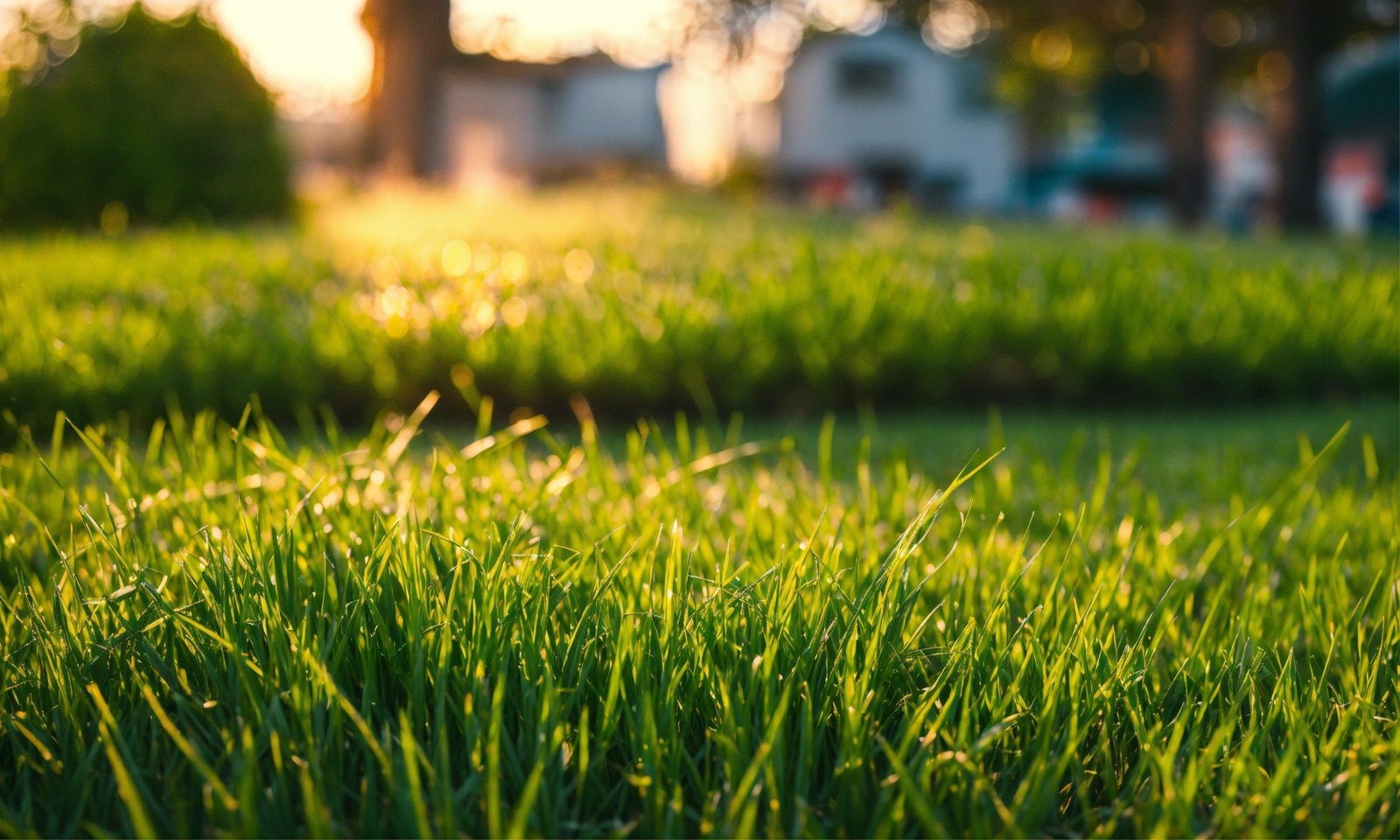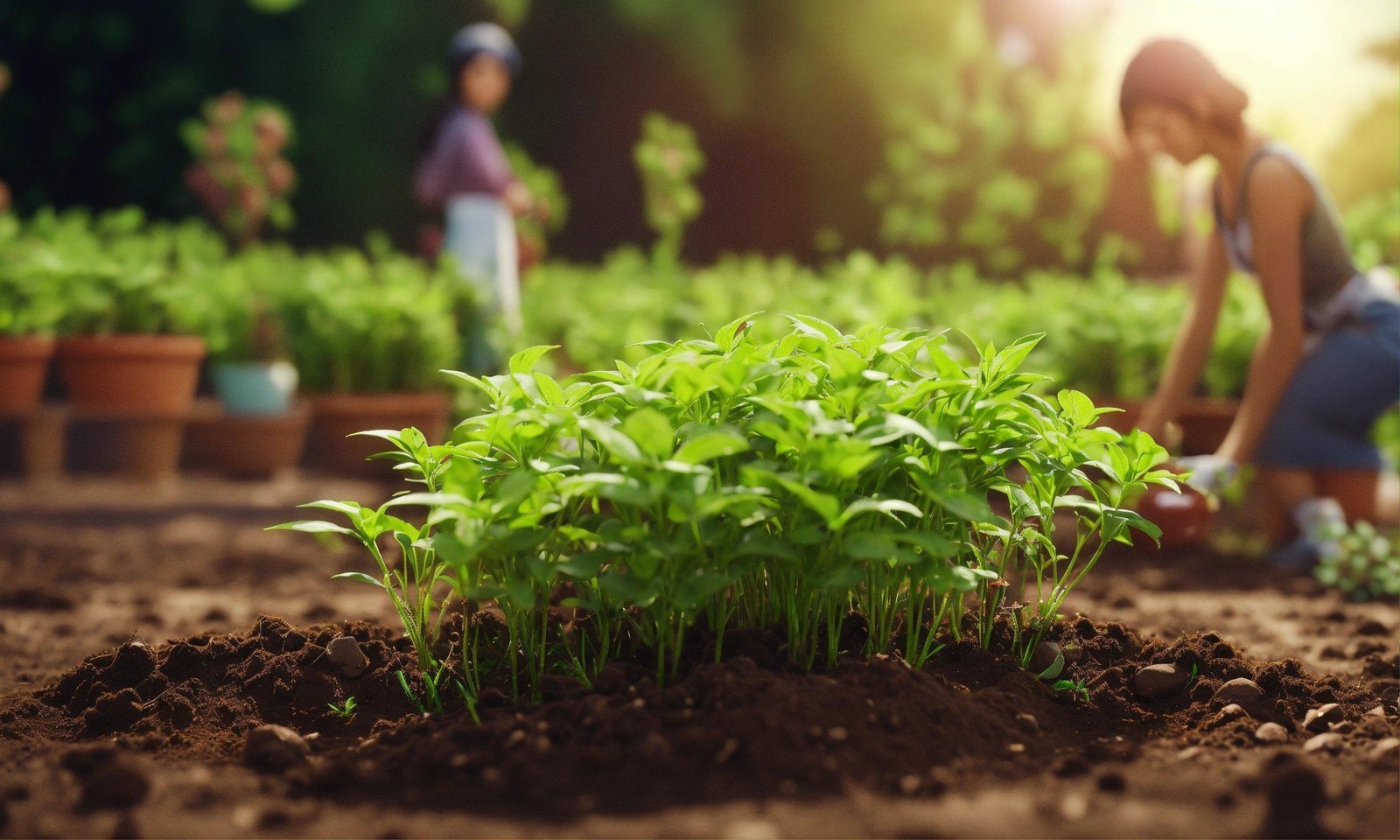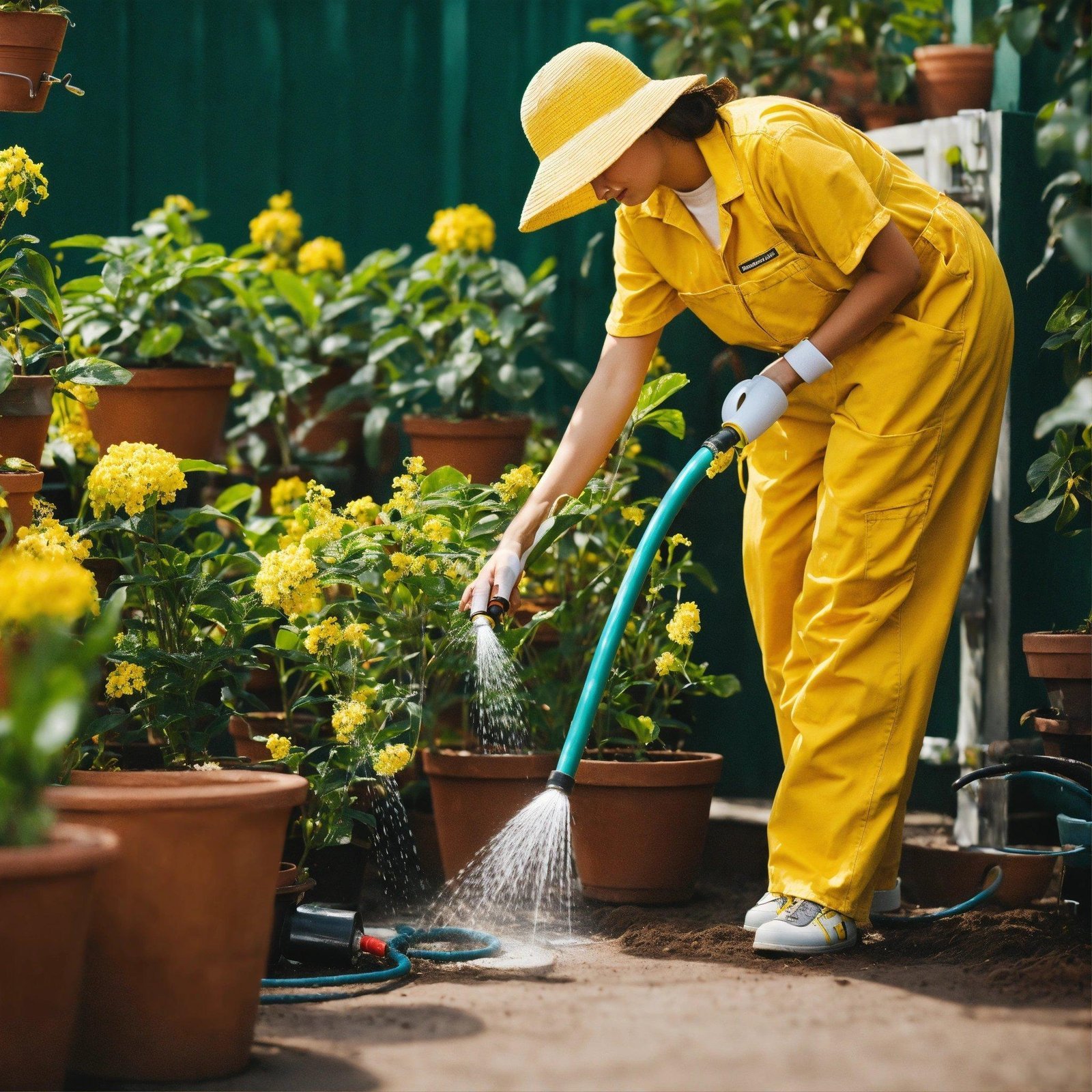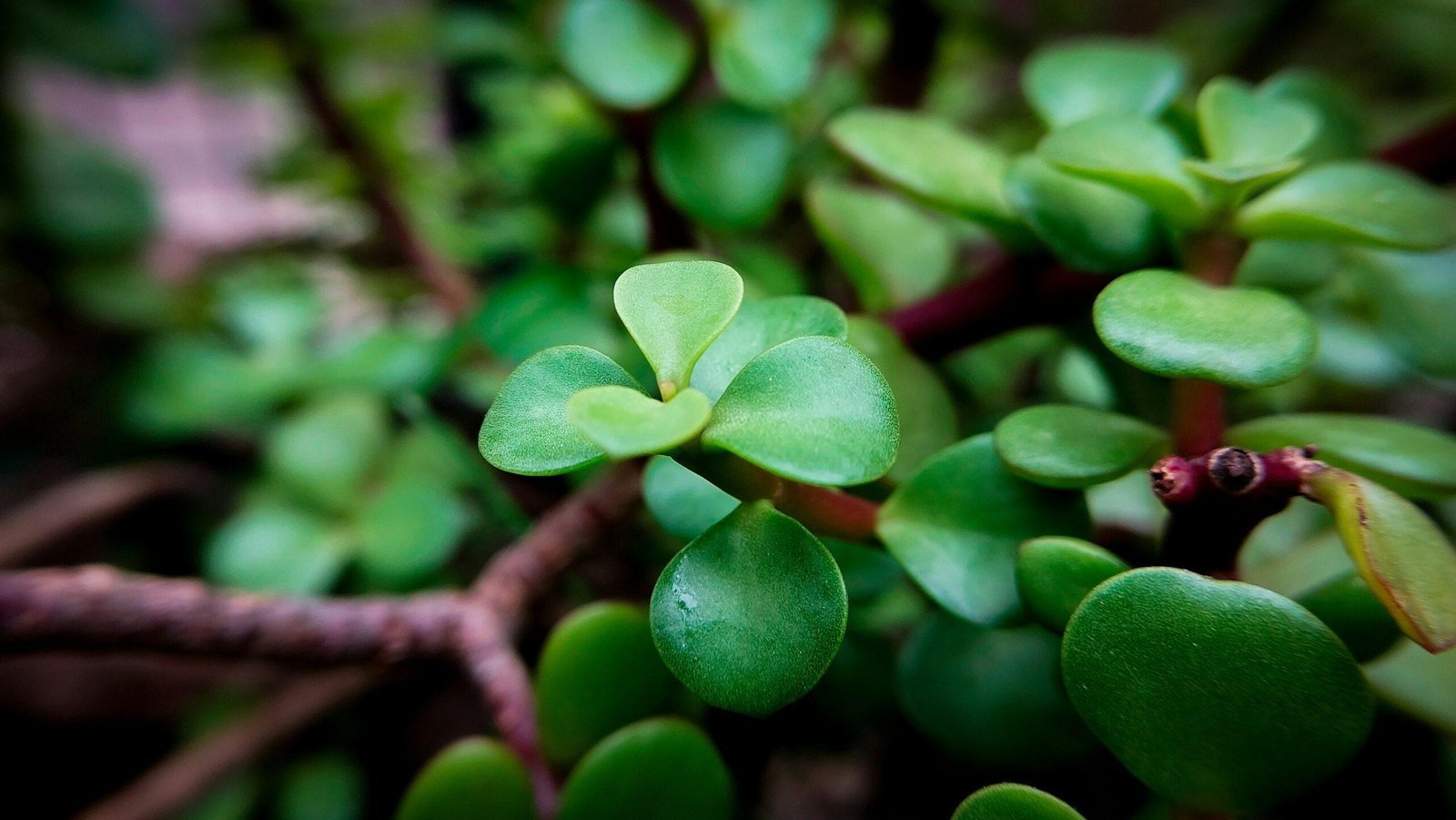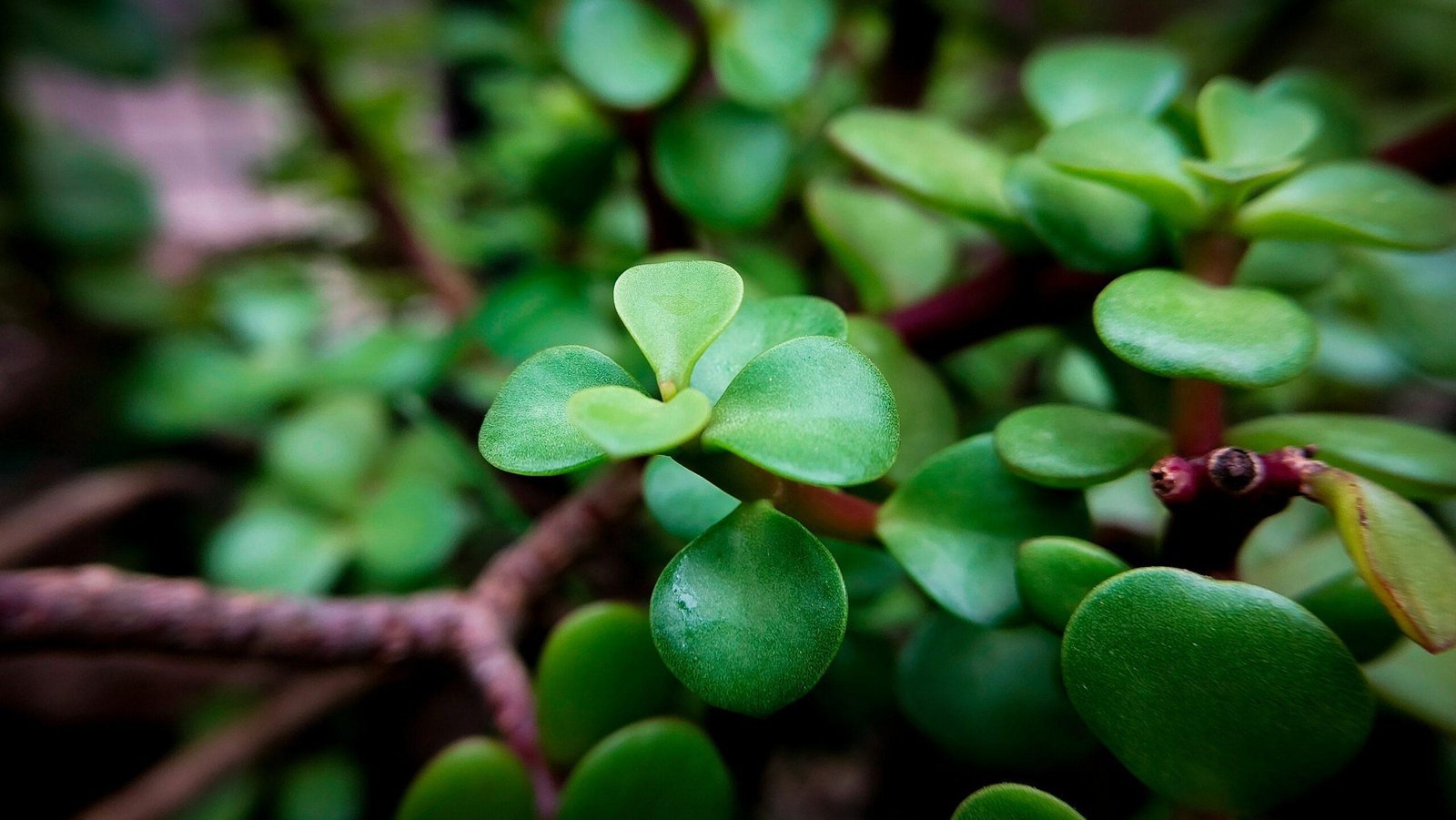Designing a low-maintenance garden can provide you with a beautiful outdoor space that requires minimal upkeep. Whether you are a busy professional or simply don’t have the time or interest to spend hours on gardening tasks, creating a low-maintenance garden can be a great solution. With a few key principles in mind, you can design a garden that looks great and requires minimal effort to maintain.
Choose the Right Plants
One of the most important factors in creating a low-maintenance garden is choosing the right plants. Look for varieties that are well-suited to your climate and soil conditions, and that require minimal watering and pruning. Native plants are a good choice, as they are adapted to the local environment and are usually low-maintenance. Drought-tolerant plants, such as succulents and ornamental grasses, are also a great option for a low-maintenance garden.
Consider using a mix of perennials and shrubs, as these plants require less maintenance than annuals. Perennials come back year after year, saving you the time and effort of replanting each season. Shrubs are also a good choice, as they provide structure and visual interest to the garden without requiring frequent pruning.
Minimize Lawn Area
Lawns require regular mowing, watering, and fertilizing to stay healthy and green. To minimize the maintenance required, consider reducing the size of your lawn by adding more flower beds, shrubs, or hardscaping. Paths, patios, and gravel beds can add visual interest to your garden while reducing the amount of lawn area that needs to be maintained.
Use Mulch
Mulch is your best friend when it comes to creating a low-maintenance garden. Mulch helps to retain moisture in the soil, suppress weeds, and regulate soil temperature. Choose a natural mulch, such as wood chips or bark, and spread a thick layer around your plants to help reduce the need for watering and weeding.
Design for Easy Access
When designing your garden, consider how easy it will be to access different areas for maintenance tasks. Create well-defined paths and walkways that allow you to easily reach all areas of the garden without trampling on plants. Include space for a compost bin or storage shed, so you have a convenient place to store tools and supplies.
Plan for Watering
To reduce the amount of watering your garden needs, consider installing a drip irrigation system or a rainwater harvesting system. Drip irrigation delivers water directly to the roots of plants, minimizing water waste and reducing the need for manual watering. Rainwater harvesting systems collect rainwater from your roof and store it in a tank for later use in the garden.
By following these tips and principles, you can design a low-maintenance garden that looks great year-round with minimal effort. With the right plant choices, design elements, and maintenance practices, you can enjoy your garden without feeling overwhelmed by the upkeep. So, roll up your sleeves and get started on creating a beautiful and low-maintenance outdoor space that you can enjoy for years to come.
#Ultimate #Guide #Designing #LowMaintenance #Garden
How to create a low-maintenance garden?


